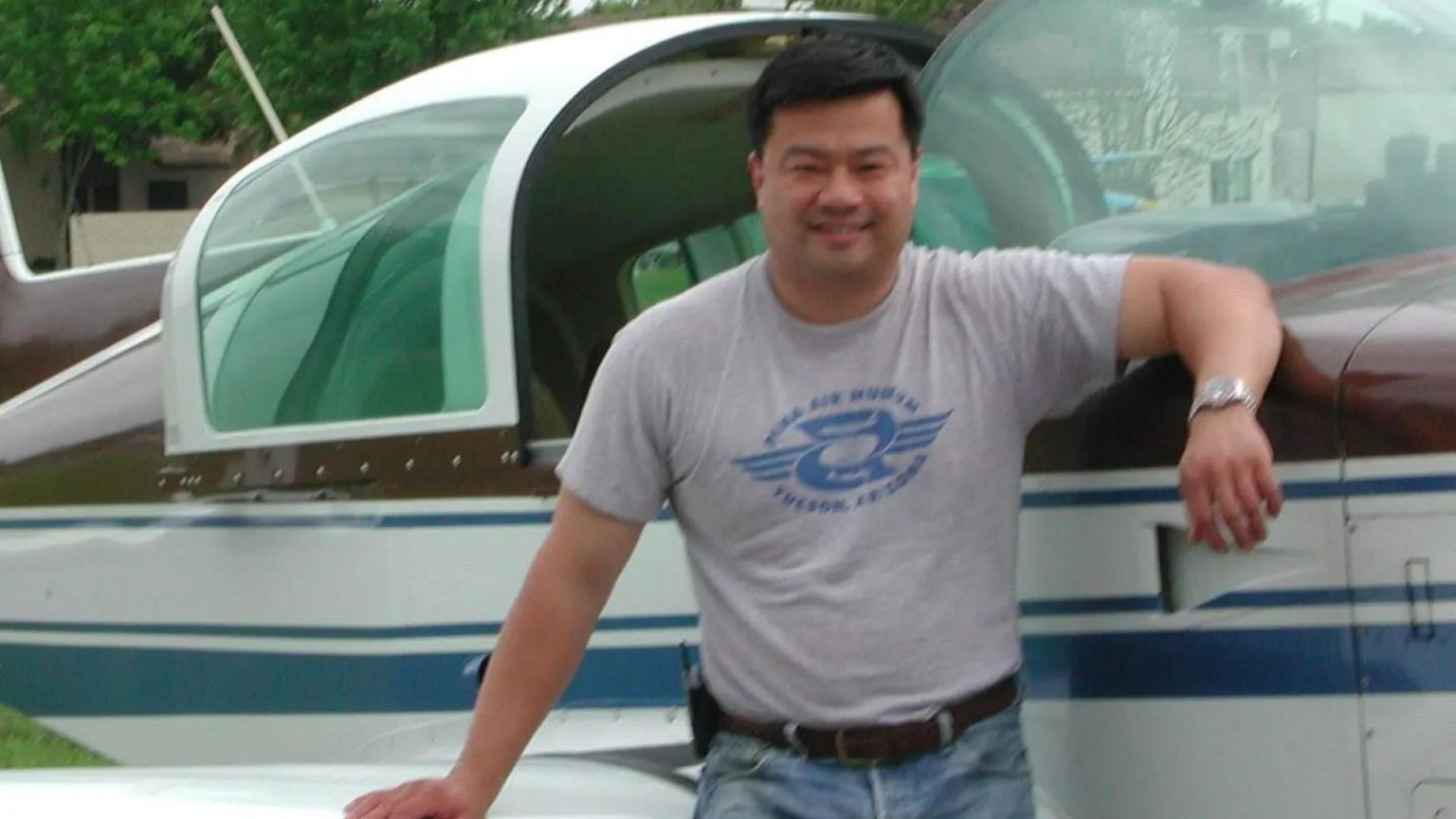Leroy Chiao, a seasoned astronaut with three Space Shuttle missions and a command of the International Space Station under his belt, experienced a chilling near-collision with two unidentified flying objects while piloting his private plane. Returning from Colorado and having refueled in Texas, Chiao was cruising at an altitude of 9,000 feet in clear skies when two metallic, spherical orbs, each roughly three feet in diameter, suddenly zipped past his aircraft. The objects, stacked one above the other, passed within a mere twenty feet of his plane, a proximity that left Chiao shaken. Neither his onboard radar nor air traffic control had detected the orbs, making their sudden appearance all the more startling. Chiao’s immediate reaction was relief that a collision had been narrowly avoided, attributing his survival to sheer luck. The fleeting nature of the encounter left him with little time to react beyond a brief moment of observation.
The incident, while unnerving, prompted Chiao to speculate on the potential origins of the enigmatic objects. His initial hypothesis leaned towards a military connection, suggesting the orbs might be some form of experimental drone. However, he acknowledged the uncertainty, emphasizing the difficulty in definitively identifying their nature. Chiao expressed skepticism that the operators of these hypothetical drones were aware of his presence, given the close proximity of their passage. He further voiced concern over the increasing number of drone sightings, particularly those reported over sensitive areas such as military installations and government facilities, questioning the government’s professed lack of knowledge and advocating for greater transparency on the issue.
Chiao’s experience resonates with similar reports of unidentified aerial phenomena (UAPs), particularly the prevalence of metallic orbs as described by witnesses. Dr. Sean Kirkpatrick, director of the Pentagon’s All-domain Anomaly Resolution Office (AARO), corroborated this trend, highlighting the frequent observation of such orbs globally and their seemingly inexplicable maneuvers. This congruence between Chiao’s account and the broader UAP narrative adds another layer of intrigue to the ongoing discussion about these unexplained aerial encounters.
Meanwhile, the emergence of numerous drone sightings over New Jersey sparked a political debate, with Congressman Michael McCaul pointing fingers at China. McCaul, the chairman of the House Foreign Affairs Committee, expressed his belief that these drones were likely Chinese spy bots, engaged in surveillance operations over sensitive US locations. He criticized the Biden administration’s apparent lack of clarity regarding the drones’ origin and purpose, emphasizing the need for definitive answers. McCaul cited reports indicating the drones were SUV-sized and flying over military sites and bases, further solidifying his suspicion of their adversarial nature.
McCaul’s accusations draw on China’s known capabilities in drone technology and its alleged interest in gathering intelligence on US military assets. He also highlighted China’s acquisitions of land near military bases, suggesting a pattern of strategic positioning for surveillance purposes. McCaul’s strong conviction of Chinese involvement underscores the growing concern over potential foreign interference and espionage through the use of unmanned aerial vehicles. While China has yet to respond to these accusations, the issue remains a point of contention and highlights the complex geopolitical landscape surrounding drone technology and national security.
The convergence of Chiao’s near-miss experience, the ongoing investigation into UAPs, and the political controversy surrounding drone activity underscores the growing awareness and concern around unidentified aerial objects. Whether these objects are advanced military technology, foreign surveillance devices, or something entirely different, their presence raises important questions about national security, technological advancements, and the nature of unexplained phenomena. The call for greater transparency and continued investigation into these occurrences emphasizes the need for a comprehensive understanding of the potential risks and implications associated with these enigmatic aerial encounters.


